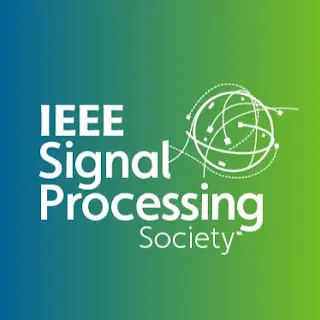Iris Recognition After Death
This paper presents a comprehensive study of post-mortem human iris recognition carried out for 1200 near-infrared and 1787 visible-light samples collected from 37 deceased individuals kept in mortuary conditions. We used four independent iris recognition methods (three commercial and one academic) to analyze genuine and impostor comparison scores and check the dynamics of iris quality decay over a period of up to 814 h after death.
